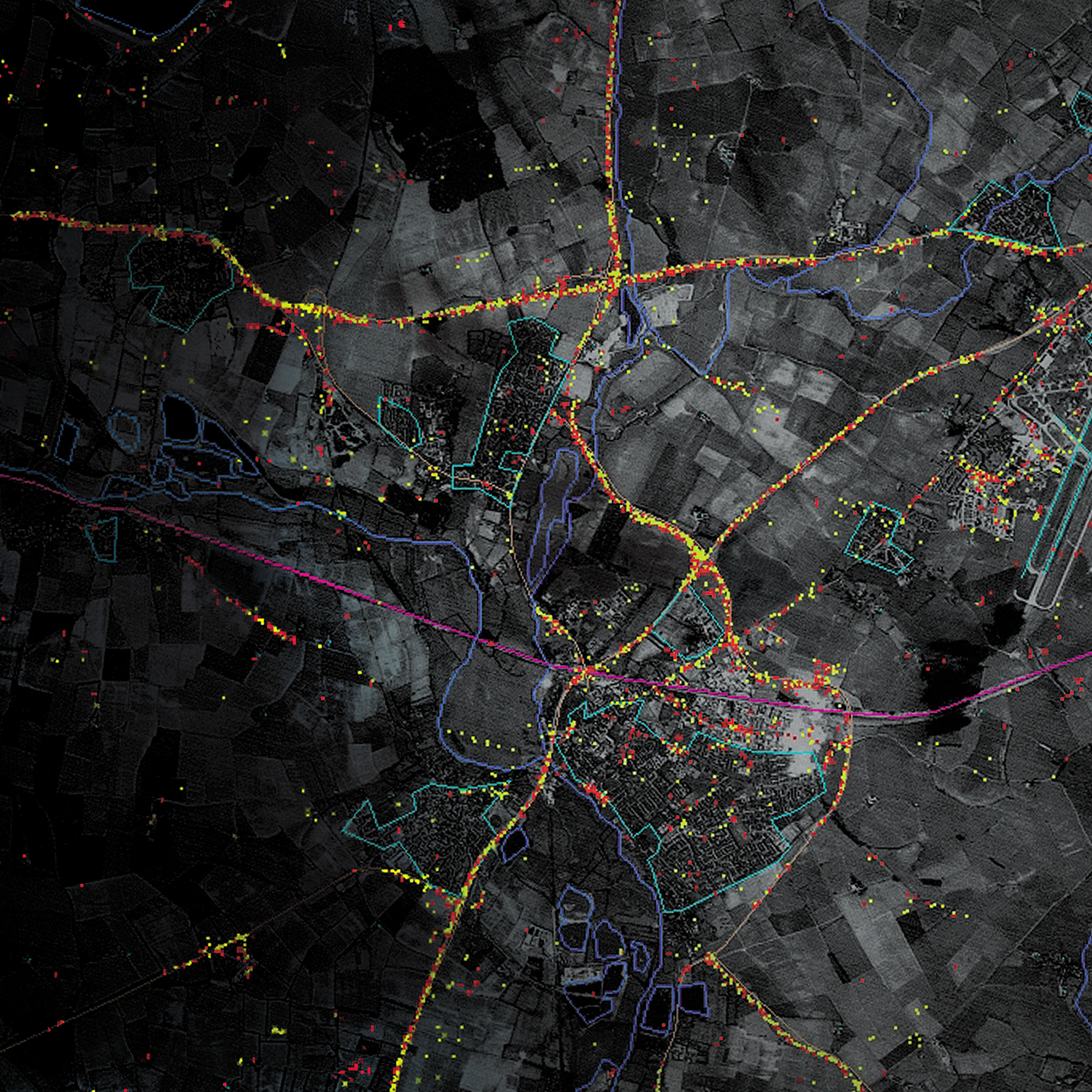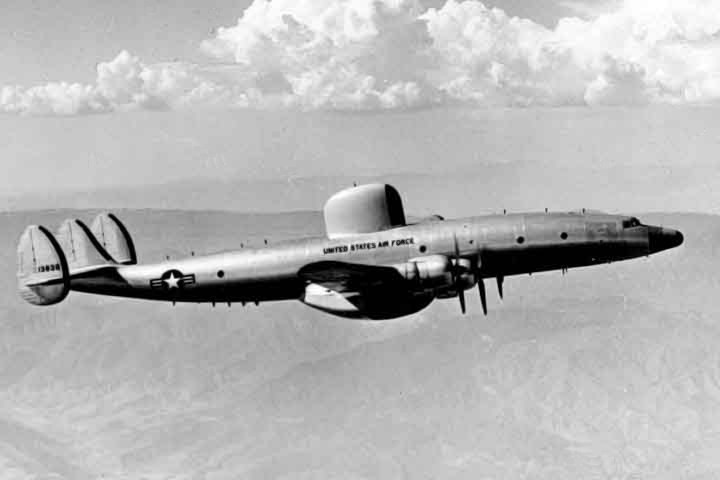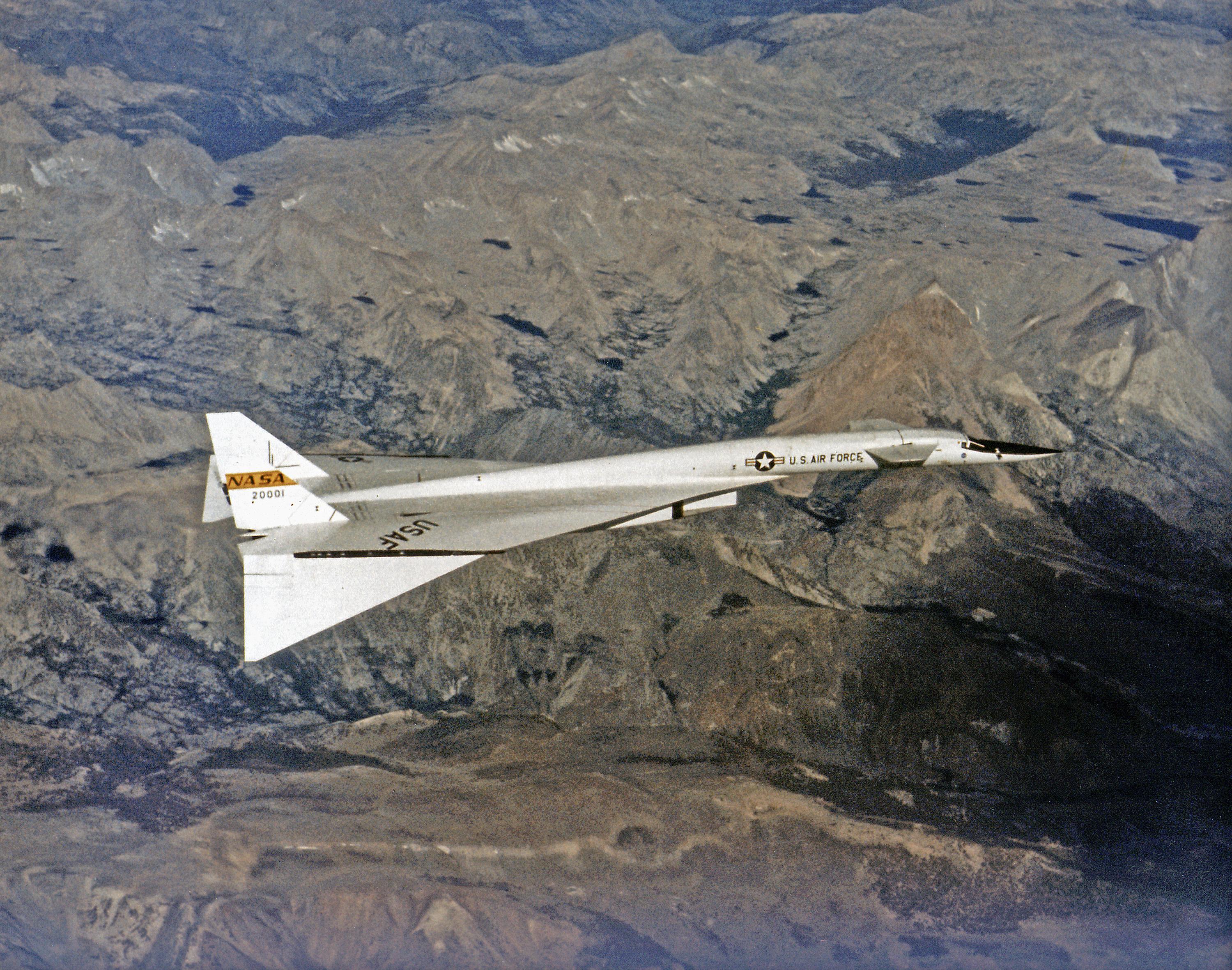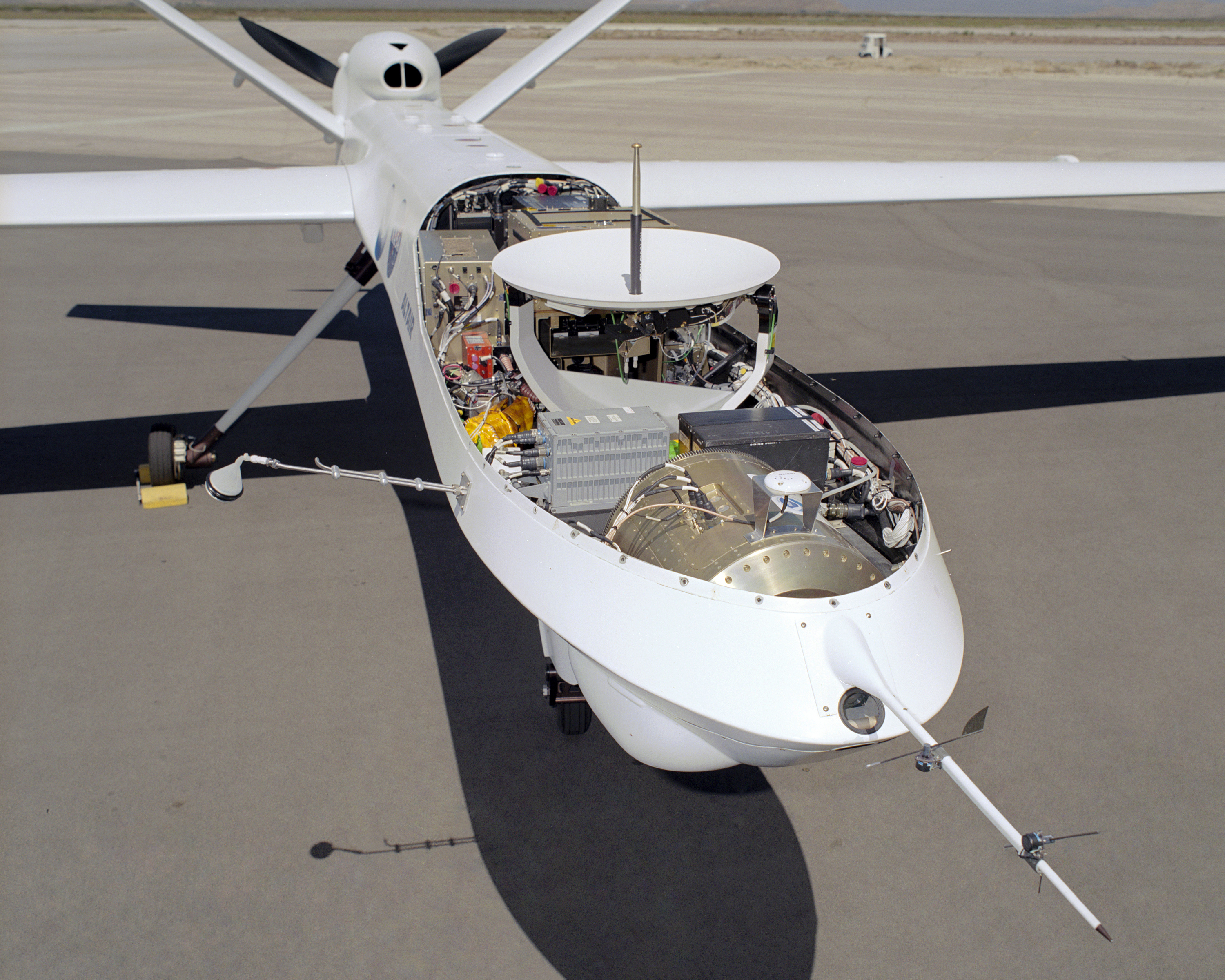|
Air Combat Command
Air Combat Command (ACC) is one of nine Major Commands (MAJCOMs) in the United States Air Force, reporting to Headquarters, United States Air Force (HAF) at the Pentagon. It is the primary provider of air combat forces for the Air Force, and it is the direct successor to Tactical Air Command. Air Combat Command is headquartered at Langley Air Force Base, Joint Base Langley–Eustis, Virginia, United States. ACC directly operates 1,110 fighter, attack, reconnaissance, combat search and rescue, airborne command and control and electronic aircraft along with command, control, computing, communications and intelligence (C4I) systems, Air Force ground forces, conducts global information operations, and controls Air Force Intelligence. Air Combat Command consists of approximately 74,240 active duty Airmen and 10,610 Department of the Air Force Civilians. When mobilized, more than 49,000 additional Airmen of the Air Force Reserve and the Air National Guard, along with over ... [...More Info...] [...Related Items...] OR: [Wikipedia] [Google] [Baidu] |
Tactical Air Command
Tactical Air Command (TAC) is an inactive United States Air Force organization. It was a Major Command of the United States Air Force, established on 21 March 1946 and headquartered at Langley Air Force Base, Virginia. It was inactivated on 1 June 1992 and its personnel and equipment absorbed by Air Combat Command (ACC). Tactical Air Command was established to provide a balance between strategic, air defense, and tactical forces of the post–World War II U.S. Army Air Forces followed by, in 1947, the U.S. Air Force. In 1948, the Continental Air Command assumed control over air defense, tactical air, and air reserve forces. After two years in a subordinate role, Tactical Air Command (TAC) was established as a major command. In 1992, after assessing the mission of TAC and to accommodate a decision made regarding Strategic Air Command (SAC), Headquarters United States Air Force inactivated TAC and incorporated its resources into the newly created Air Combat Command. History ... [...More Info...] [...Related Items...] OR: [Wikipedia] [Google] [Baidu] |
Russell L
Russell may refer to: People * Russell (given name) * Russell (surname) * Lady Russell (other) * Lord Russell (other) Places Australia *Russell, Australian Capital Territory *Russell Island, Queensland (other) **Russell Island (Moreton Bay) **Russell Island (Frankland Islands) *Russell Falls, Tasmania *A former name of Westerway, Tasmania Canada *Russell, Ontario, a township in Ontario *Russell, Ontario (community), a town in the township mentioned above. *Russell, Manitoba *Russell Island (Nunavut) New Zealand *Russell, New Zealand, formerly Kororareka *Okiato or Old Russell, the first capital of New Zealand Solomon Islands *Russell Islands United States *Russell, Arkansas *Russell City, California, formerly Russell * Russell, Colorado *Russell, Georgia *Russell, Illinois *Russell, Iowa *Russell, Kansas *Russell, Kentucky, in Greenup County *Russell, Louisville, Kentucky *Russell, Massachusetts, a New England town **Russell (CDP), Massachusetts ... [...More Info...] [...Related Items...] OR: [Wikipedia] [Google] [Baidu] |
Bombardier Global Express
The Bombardier Global Express is a large cabin, 6,000 nmi / 11,100 km range business jet designed and manufactured by Bombardier Aviation (formerly Bombardier Aerospace). Announced in October 1991, it first flew on 13 October 1996, received its Canadian type certification on 31 July 1998 and entered service in July 1999. Initially powered by two BMW/Rolls-Royce BR710s, it shares its fuselage cross section with the Canadair Regional Jet and Challenger 600 with a new wing and tail. The shorter range Global 5000 is slightly smaller and the Global 6000 is updated and has been modified for military missions. The longer range Global 5500/6500 are powered by new Rolls-Royce Pearl engines with lower fuel burn and were unveiled in May 2018. The larger and stretched Global 7500/8000 have longer ranges. Development Project definition After acquiring Canadair along with its Challenger 600 business jet in 1986, Bombardier studied a longer range business aircraft in which it a ... [...More Info...] [...Related Items...] OR: [Wikipedia] [Google] [Baidu] |
Bombardier Dash 8
The De Havilland Canada DHC-8, commonly known as the Dash 8, is a series of turboprop-powered regional airliners, introduced by de Havilland Canada (DHC) in 1984. DHC was later bought by Boeing in 1988, then by Bombardier in 1992; then by Longview Aviation Capital in 2019, reviving the De Havilland Canada brand. Powered by two Pratt & Whitney Canada PW100s, it was developed from the Dash 7 with improved cruise performance and lower operational costs, but without STOL performance. Three sizes were offered: initially the 37–40 seat -100 until 2005 and the more powerful -200 from 1995, the stretched 50–56 seats -300 from 1989, both until 2009, and the 68–90 seats -400 from 1999, still in production. The QSeries are post-1997 variants fitted with active noise control systems. Development Initial development In the 1970s, de Havilland Canada had invested heavily in its Dash 7 project, concentrating on STOL and short-field performance, the company's traditional ... [...More Info...] [...Related Items...] OR: [Wikipedia] [Google] [Baidu] |
E-8 JSTARS
The Northrop Grumman E-8 Joint Surveillance Target Attack Radar System (Joint STARS) is a United States Air Force airborne ground surveillance, battle management and command and control aircraft. It tracks ground vehicles and some aircraft, collects imagery, and relays tactical pictures to ground and air theater commanders. The aircraft is operated by both active duty U.S. Air Force and Air National Guard units and also carries specially trained U.S. Army personnel as additional flight crew. Development Joint STARS evolved from separate United States Army and Air Force programs to develop technology to detect, locate and attack enemy armor at ranges beyond the forward area of troops. August 2013. In 1982, the programs were merged and the U.S. Air Force became the lead agent. The concept and sensor technology for the E-8 was developed and tested on the Tacit Blue experimental aircraft. The prime contract was awarded to Grumman Aerospace Corporation in September 1985 for two E-8 ... [...More Info...] [...Related Items...] OR: [Wikipedia] [Google] [Baidu] |
E-3 Sentry
The Boeing E-3 Sentry is an American airborne early warning and control (AEW&C) aircraft developed by Boeing. E-3s are commonly known as AWACS (Airborne Warning and Control System). Derived from the Boeing 707 airliner, it provides all-weather surveillance, command, control, and communications, and is used by the United States Air Force, NATO, French Air and Space Force, Royal Saudi Air Force and Chilean Air Force. The E-3 is distinguished by the distinctive rotating radar dome (rotodome) above the fuselage. Production ended in 1992 after 68 aircraft had been built. In the mid-1960s, the U.S. Air Force (USAF) was seeking an aircraft to replace its piston-engined Lockheed EC-121 Warning Star, which had been in service for over a decade. After issuing preliminary development contracts to three companies, the USAF picked Boeing to construct two airframes to test Westinghouse Electric and Hughes's competing radars. Both radars used pulse-Doppler technology, with Westinghouse's d ... [...More Info...] [...Related Items...] OR: [Wikipedia] [Google] [Baidu] |
B-52 Stratofortress
The Boeing B-52 Stratofortress is an American long-range, subsonic, jet-powered strategic bomber. The B-52 was designed and built by Boeing, which has continued to provide support and upgrades. It has been operated by the United States Air Force (USAF) since the 1950s. The bomber is capable of carrying up to 70,000 pounds (32,000 kg) of weapons,"Fact Sheet: B-52 Superfortress." ''Minot Air Force Base'', United States Air Force, October 2005. Retrieved: 12 January 2009. and has a typical combat range of around 8,800 miles (14,080 km) without aerial refueling. Beginning with the successful contract bid in June 1946, the B-52 design evolved from a < ... [...More Info...] [...Related Items...] OR: [Wikipedia] [Google] [Baidu] |
B-2A Spirit
The Northrop (later Northrop Grumman) B-2 Spirit, also known as the Stealth Bomber, is an American heavy strategic bomber, featuring low-observable stealth technology designed to penetrate dense anti-aircraft defenses. A subsonic flying wing with a crew of two, the plane was designed by Northrop, later Northrop Grumman, and produced from 1987 to 2000. The bomber can drop conventional and thermonuclear weapons, such as up to eighty Mk 82 JDAM GPS-guided bombs, or sixteen B83 nuclear bombs. The B-2 is the only acknowledged aircraft that can carry large air-to-surface standoff weapons in a stealth configuration. Development began under the Advanced Technology Bomber (ATB) project during the Carter administration, which cancelled the Mach 2-capable B-1A bomber in part because the ATB showed such promise. But development difficulties delayed progress and drove costs up. Ultimately, the program produced 21 B-2s at an average cost of $2.13 billion (in 1997 dollars), inc ... [...More Info...] [...Related Items...] OR: [Wikipedia] [Google] [Baidu] |
B-1B Lancer
The Rockwell B-1 Lancer is a supersonic variable-sweep wing, heavy bomber used by the United States Air Force. It is commonly called the "Bone" (from "B-One"). It is one of three strategic bombers serving in the U.S. Air Force fleet along with the B-2 Spirit and the B-52 Stratofortress . The B-1 was first envisioned in the 1960s as a platform that would combine the Mach 2 speed of the B-58 Hustler with the range and payload of the B-52, and was meant to ultimately replace both bombers. After a long series of studies, Rockwell International (now part of Boeing) won the design contest for what emerged as the B-1A. This version had a top speed of Mach number, Mach 2.2 at high altitude and the ability to fly for long distances at Mach 0.85 at very low altitudes. The combination of the high cost of the aircraft, the introduction of the AGM-86 ALCM, AGM-86 cruise missile that flew the same basic speed and distance, and early work on the B-2 stealth bomber reduced the need for the B-1 ... [...More Info...] [...Related Items...] OR: [Wikipedia] [Google] [Baidu] |
MQ-9 Reaper
The General Atomics MQ-9 Reaper (sometimes called Predator B) is an unmanned aerial vehicle (UAV) capable of remotely controlled or autonomous flight operations developed by General Atomics Aeronautical Systems (GA-ASI) primarily for the United States Air Force (USAF). The MQ-9 and other UAVs are referred to as Remotely Piloted Vehicles/Aircraft (RPV/RPA) by the USAF to indicate their human ground controllers. The MQ-9 is the first hunter-killer UAV designed for long-endurance, high-altitude surveillance. In 2006, the then–Chief of Staff of the United States Air Force General T. Michael Moseley said: "We've moved from using UAVs primarily in intelligence, surveillance, and reconnaissance roles before Operation Iraqi Freedom, to a true hunter-killer role with the Reaper." The MQ-9 is a larger, heavier, and more capable aircraft than the earlier General Atomics MQ-1 Predator; it can be controlled by the same ground systems used to control MQ-1s. The Reaper has a 950- shaft- ... [...More Info...] [...Related Items...] OR: [Wikipedia] [Google] [Baidu] |
MQ-1 Predator
The General Atomics MQ-1 Predator (often referred to as the predator drone) is an American remotely piloted aircraft (RPA) built by General Atomics that was used primarily by the United States Air Force (USAF) and Central Intelligence Agency (CIA). Conceived in the early 1990s for aerial reconnaissance and forward observation roles, the Predator carries cameras and other sensors. It was modified and upgraded to carry and fire two AGM-114 Hellfire missiles or other munitions. The aircraft entered service in 1995, and saw combat in the war in Afghanistan, Pakistan, the NATO intervention in Bosnia, 1999 NATO bombing of Yugoslavia, the Iraq War, Yemen, the 2011 Libyan civil war, the 2014 intervention in Syria, and Somalia. The USAF describes the Predator as a "Tier II" MALE UAS (medium-altitude, long-endurance unmanned aircraft system). The UAS consists of four aircraft or "air vehicles" with sensors, a ground control station (GCS), and a primary satellite link communication suite ... [...More Info...] [...Related Items...] OR: [Wikipedia] [Google] [Baidu] |
Lockheed AC-130
The Lockheed AC-130 gunship is a heavily armed, long-endurance, ground-attack variant of the C-130 Hercules transport, fixed-wing aircraft. It carries a wide array of ground-attack weapons that are integrated with sophisticated sensors, navigation, and fire-control systems. Unlike other modern military fixed-wing aircraft, the AC-130 relies on visual targeting. Because its large profile and low operating altitudes around 7,000 feet (2,100 m) make it an easy target, its close air support missions are usually flown at night. The airframe is manufactured by Lockheed Martin, while Boeing is responsible for the conversion into a gunship and for aircraft support.AC-130U Gunship page . Boeing. Developed during the |











.jpg)